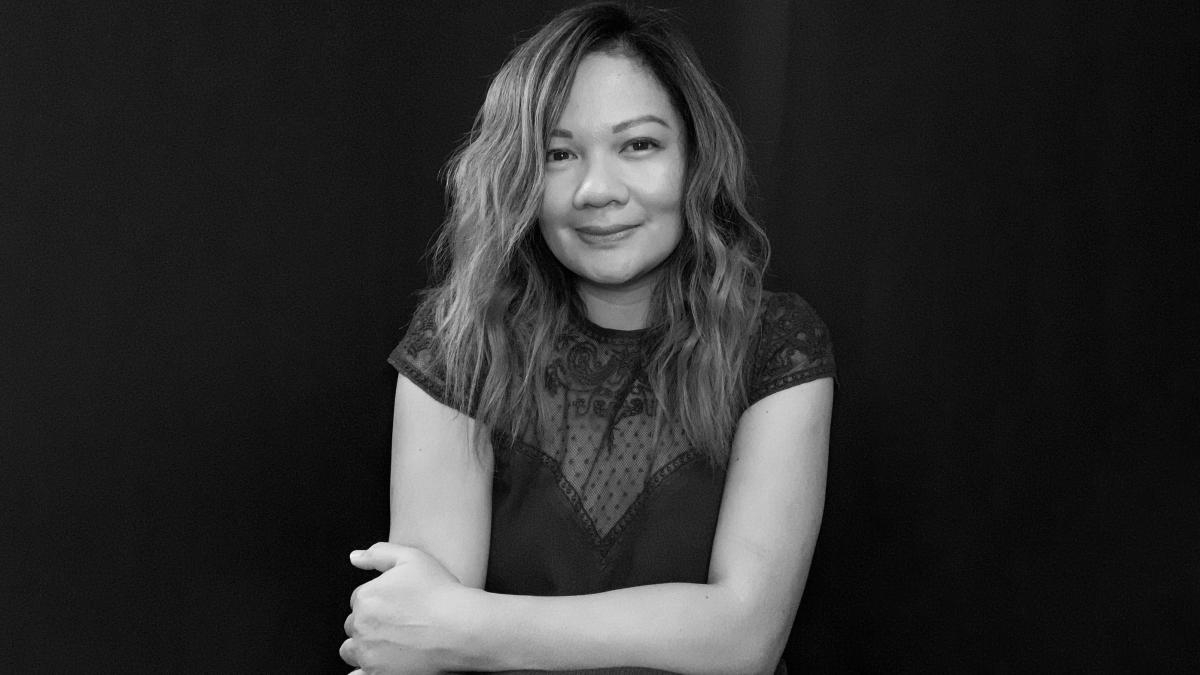ASU English professor looks to fill in gaps of Filipino history through literature

ASU Assistant Professor Mariam Galarrita is researching the first recorded Asians in early modern England. She's also introducing a new way for students to expand their knowledge of Asian American Literature this fall. ENG 332: No Place Like Home: Trauma and Asian American Lit will investigate the racial and ethnic dynamics in this genre through literature and culture. Courtesy photo
Mariam Galarrita was working on her early modern English literary dissertation when she took an Asian American literature seminar. The course’s section on racial identity and assimilation piqued her interest, and in a moment of realization, Galarrita knew she wanted to contribute to her Filipino heritage and investigate the topic of Filipino literature.
Now an assistant professor at Arizona State University, Galarrita is researching the first recorded Asians in early modern England. She's also introducing a new way for students to expand their knowledge of Asian American Literature this fall. ENG 332: No Place Like Home: Trauma and Asian American Lit will investigate the racial and ethnic dynamics in this genre through literature and culture.
“When I was first brought on as a postdoc, I noticed in the course curriculum that there were really no classes on Asian American literature or Asian literature. I felt like that was a gap that needed to be filled,” she said.
“The class that I put together is focused on racial trauma and the Asian American experience in the United States. The literature that I picked really explores the experience of growing up as an Asian American or as an Asian immigrant in the United States and what that means in terms of how do we find belonging? How do we constantly not feel like we belong? What are those moments that maybe we experience in our own lives, but don't have the language to discuss?”
Shortly after taking the Asian American literature seminar that changed her academic trajectory, Galarrita began to explore the early modern contact the English had with the Philippines and their perceptions of Filipinos.
“Although I focus more on English literature, the Filipino Indigenous tribes appear in a lot of translated travel writing. There's this snippet of Thomas Cavendish's circumnavigation by one of his sailors where they had mentioned that, upon returning to England, he actually had five Asian captives with him that he had kidnapped from a Manila galleon,” Galarrita said.
“Three of those boys were Filipino and two of them were Japanese, and I just had to learn more. That's kind of what got me into this project was finding more about these three Filipino boys, but also more largely, I guess, England's imagination of Asia.”
At ASU, Galarrita is diving deeper into translating travel logs and writings from Europe and exploring their encounters with Asia, specifically the Philippines. Within her scope of research, she is taking a look at 16th and 17th century work done in the Spanish Pacific to gain more insight.
She hopes to uncover more about the story of the three Filipino boys as well as create a more complete history of the Philippines and how others perceived them. Galarrita also wants to uncover more about the impact race and identity have not only on this subject, but on literature as a whole.
“I think the importance of studying race-making and the strategies of race-making is its durability and how it appears in our contemporary moment. How are these systems working? How do the ideologies work?” she said.
“I'm very much interested in critical whiteness studies, and thinking about how whiteness works and what tools they use in order to universalize this idea of whiteness. Part of that is really understanding their engagement and contact with the foreigners that they meet and how they record them and represent them in the literature.”
Galarrita is also a part of the Arizona Center for Medieval and Renaissance Studies, where she has found help in exploring themes in Asian literature by engaging with the center’s community of scholars.
“This is a cohort of people who are working in your area, not exactly in your particular specialty, but around it, that you can have conversations with. You learn about texts that you may have never heard of,” Galarrita said.
“We often teach Shakespeare together. We learn from one another and we have different interests. So we learn teaching styles, pedagogy, different texts and angles and how to approach the literature that we're all working on.”
More Arts, humanities and education

ASU professor's project helps students learn complex topics
One of Arizona State University’s top professors is using her signature research project to improve how college students learn science, technology, engineering, math and medicine.Micki Chi, who is a…

Award-winning playwright shares her scriptwriting process with ASU students
Actions speak louder than words. That’s why award-winning playwright Y York is workshopping her latest play, "Becoming Awesome," with actors at Arizona State University this week. “I want…

Exceeding great expectations in downtown Mesa
Anyone visiting downtown Mesa over the past couple of years has a lot to rave about: The bevy of restaurants, unique local shops, entertainment venues and inviting spaces that beg for attention from…

